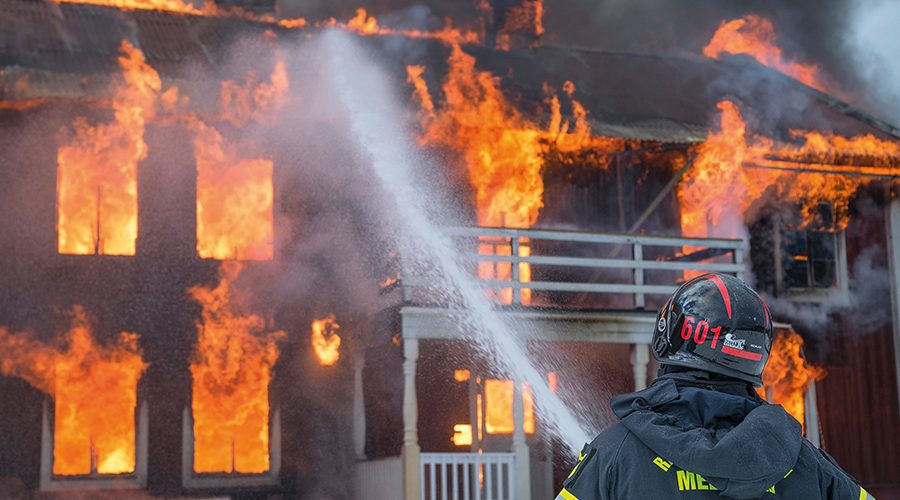Architects are responsible for designing safe buildings, that’s a given. In the wake of the Grenfell Tower tragedy it’s clear stopping fire deaths is high on the agenda. Ian King, Chief Operating Officer of Zeroignition, explains more.
Zeroignition

Ian King, Chief Operating Officer of Zeroignition, has over 30 years’ general management experience in a variety of global-scale, brand-driven businesses in technologically-focussed industries. He has held Sales, Marketing, GM, VP and CEO positions in brands such as Toshiba, Western Digital, Seagate and Akamai, before getting involved with Zeroignition in the start-up phase in 2011.
We wanted to understand exactly how well architects and specifiers understood fire protection terms. Both theoretically, so being able to define fire terms, as well as looking at the practical choices they make to keep fire risks down.
Architects were asked about their understanding of four common terms relating to buildings and fire. Only 8% were able to correctly define these basic fire protection terms.
The terms were active fire protection, systems triggered by a human/computer/mechanical action – these include sprinkler systems, fire extinguishers, smoke alarms. Passive fire protection, which uses designed-in fire protection to contain or slow the spread of fire. Passive measures include fire-resistant walls, floors and doors as well as compartmentation. Fire resistance is something products and technologies possess that prevents fire spreading. The final term is reaction to fire which describes the fire protection methods to help occupants of a space, like a hotel room, office or room in a home to escape – it’s generally related to the early stages of a fire.
While one in three architects were unable to correctly define active fire protection, when asked about fire protection options they’d considered in projects, active measures such as smoke alarms were named by 38% and sprinklers by 33%.
Just over half of all architects couldn’t give an accurate definition of passive fire protection, where fire protection is ‘built in’. However, 54% did cite fire doors as a consideration, which is part of the passive approach. Passive technologies, such as flame retardant treated materials e.g. firewall, were considered by over a quarter (29%), plasterboard by 21% and plywood/OSB by 8%.
58% of architects were unable to explain what ‘reaction to fire’ is and almost three quarters (71%) were unable to define fire resistance.
There’s clearly a lack of understanding as to the fire basics which is worrying to say the least. Architects, their employers and the professional bodies need to invest in ensuring this knowledge is bedded in. Beyond this, the construction industry needs to learn from other industries, such as automotive and aviation, which focus on a checklist approach to reduce harm to patients and passengers. If people rely on memory, mistakes happen and the simple action of checking off points can stop fire planning elements being missed.
With a third of architects saying their current employer doesn’t spend enough on fire protection training, there’s clearly an opportunity for the construction, development and manufacturing sector – perhaps we can step into the breach helping fund such training?
Beyond this, we need to look to the latest in communications theory and understand decision making to ensure that fire communications are presented in a way that not only sticks, and use nudge theory to ensure that it’s easier to do the right thing.
Let’s make fire related death and destruction a thing of the past.






